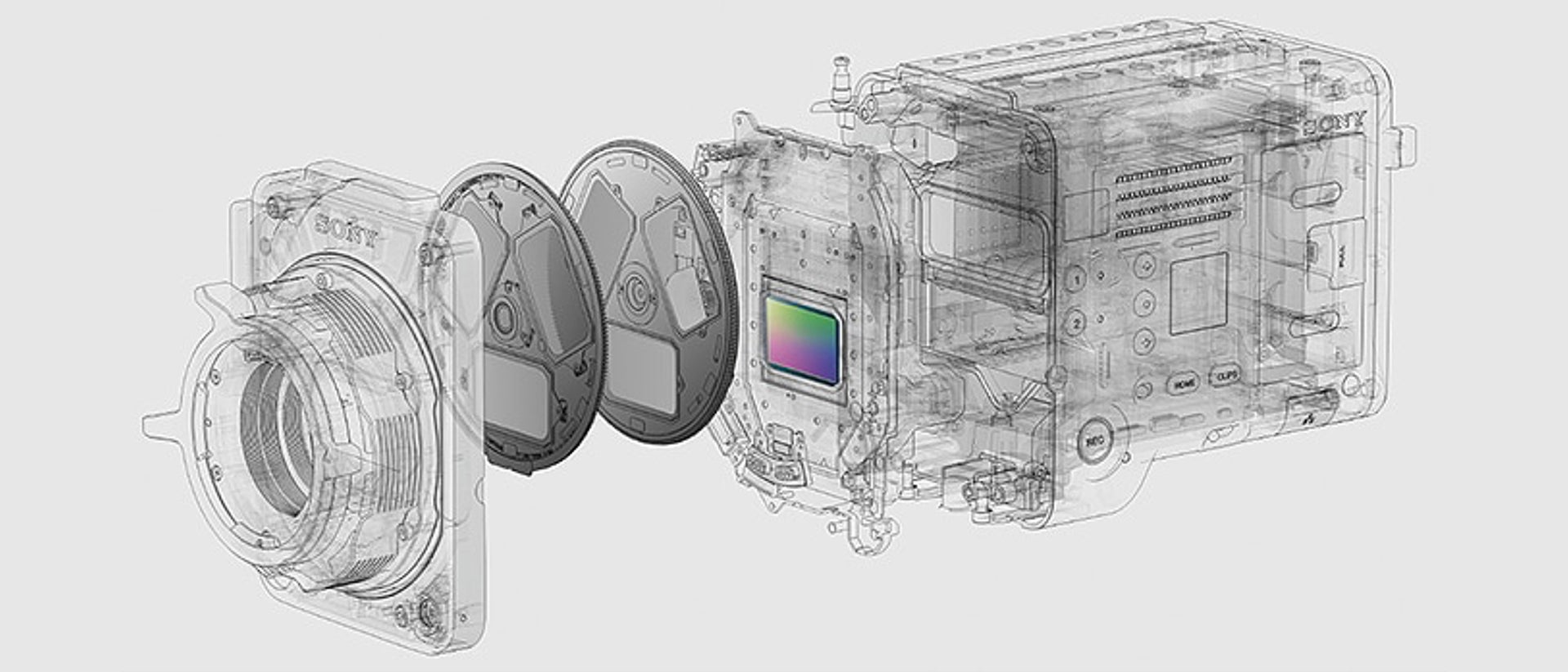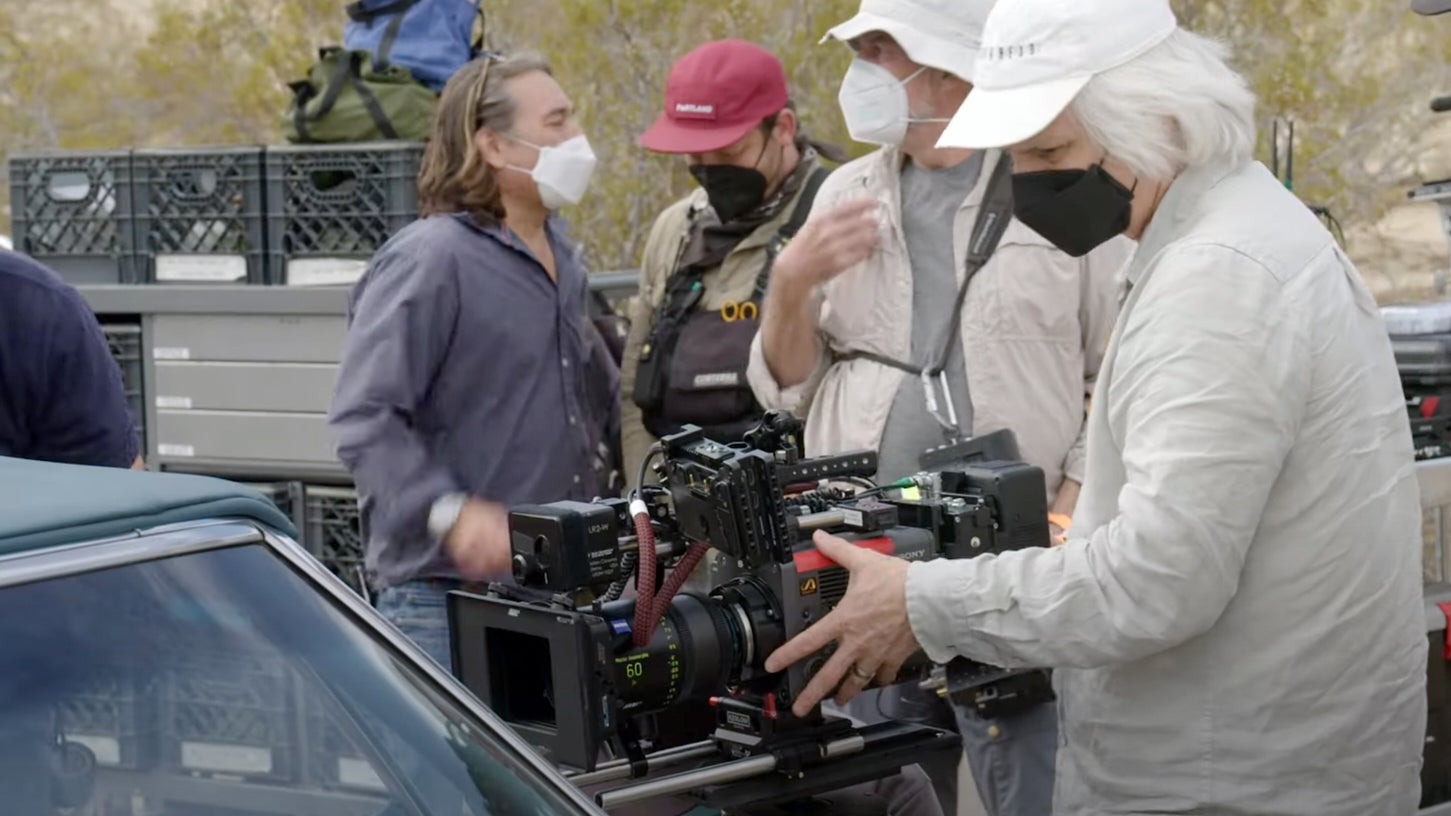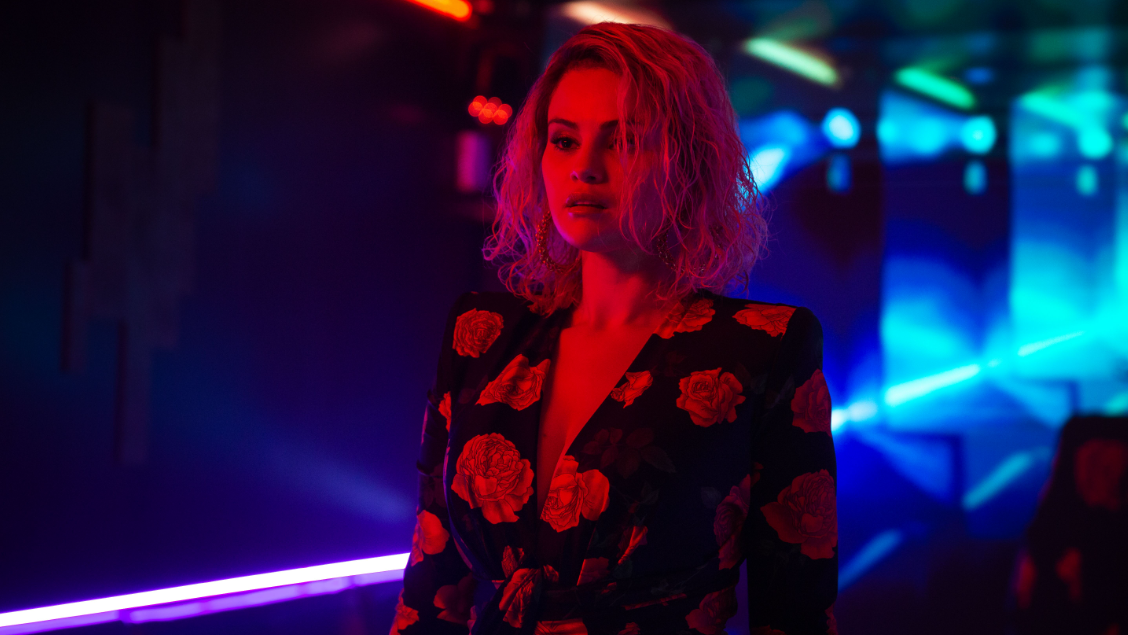
12-06-2021 - Gear, Technology
VENICE 2 Features – Servo-Controlled 8-Step Mechanical ND Filter System
By: SonyCine Team
The original VENICE is the world’s first camera of its class with a servo-controlled 8-step mechanical ND filter mechanism built into the camera chassis. This feature was an instant hit with cinematographers and camera operators and has been carried forward to VENICE 2. It offers a massive ND of 0.3 (1/2 = 1 stop) to ND2.4 (1/256 = 8 stops) range that increases on set efficiency by greatly reducing time lost on set changing external filters. The ND filters also greatly increase VENICE’s flexibility when being controlled remotely on helicopters, drones and cranes, or in an underwater housing.

DP Rob McLachlan, ASC, CSC shooting "Homecoming"
DP Rob McLachlan, ASC, CSC’s approach to camera selection takes a cue from the art world. If the movie set is a blank canvas, the camera is the equivalent of paint and brushes. He says, “I like to stick with the same camera, because being totally comfortable with what's going to happen inside the camera frees you to concentrate on the real creativity of making a good dramatic project and being able to focus way more on the finer details that elevate something above everything else.”
McLachlan, who shot the short film Homecoming on VENICE 2 says this comfort and efficiency he seeks is perfectly illustrated by the built-in NDs: “Something as simple as those built-in NDs can add up to just an incredible amount of time savings. Those time savings add up to extra shots, extra setups, and that adds up to potentially a better scene and a better movie or TV show. If you add it up, let's say, even an average size TV series, which has probably got a 12-hour per day shooting budget around $300,000. Some might be more, some less. Just break that down into the minutes of the day and how much one minute costs.” (We did the math: it’s $416 per minute for a $300,000, 12-hour day.) “If you save ten minutes changing ND filters so that you can be consistent in your depth of field as you change lenses, or lighting conditions change, over the course of a four-month project, that's a massive amount of money, and that's a lot of extra shots. So apart from the fact that it makes absolutely gorgeous cinematic pictures, that alone is another reason to love the VENICE.”

Claudio Miranda, ASC shooting "The Camera Test"
Cinematographer and long-time Sony shooter Claudio Miranda, ASC, who created The Camera Test on VENICE 2, is no stranger to the power of VENICE, having used the original model of the camera to shoot several projects including the highly anticipated blockbuster Top Gun: Maverick. As someone well versed in the original VENICE camera, we asked Miranda to put the new camera through its paces and analyze the differences between the original and the newly launched VENICE 2.
Miranda specifically mentioned the internal NDs, already a very popular feature carried forward from the original VENICE. “I always use the NDs as a way to adjust depth of field, and I find them very intuitive. For me, I always find depth of field is something you play with. Maybe you may want to try to get a shallower depth of field, but sometimes in close-ups you want to increase it. So it's nice to be able to adjust it. There's no change in colorimetry between ND3 all the way to 2.4. Some of the cameras, it does change your colorimetry a little bit, greens it, or tints it, or mutes it in a funky way. I love the NDs that are in the VENICE.”



